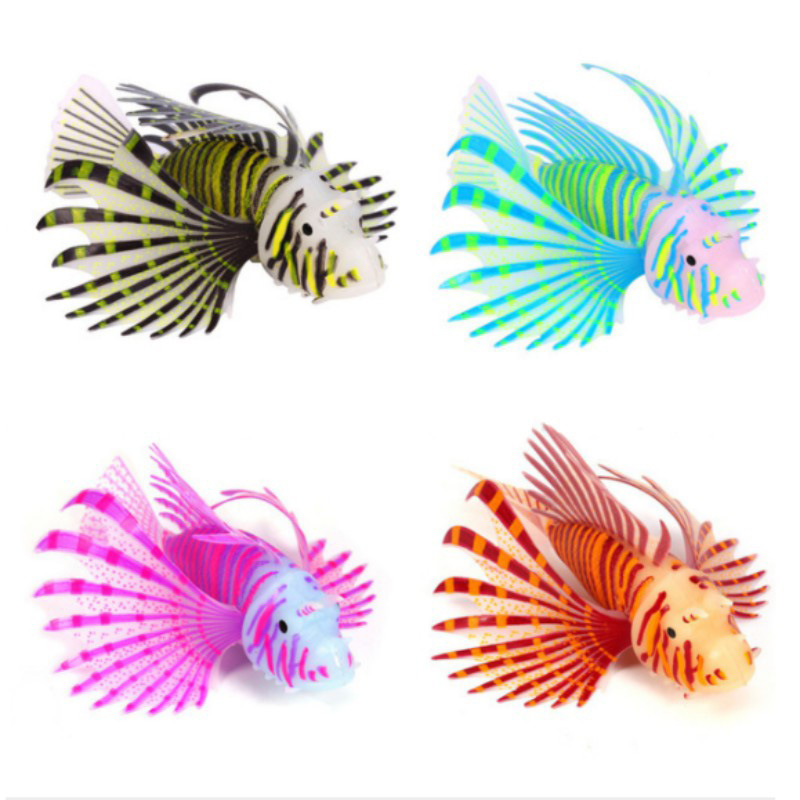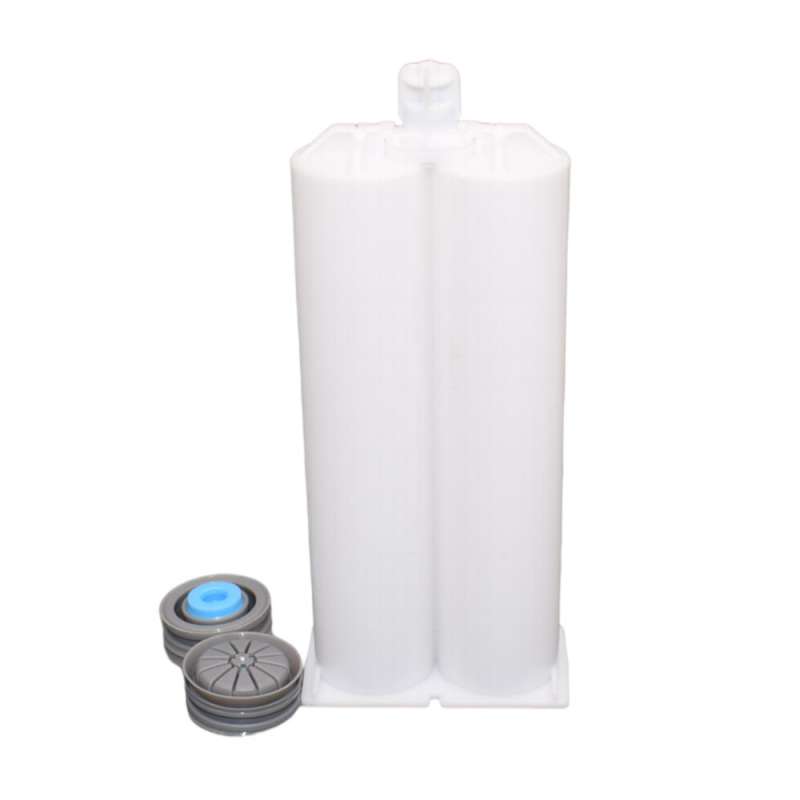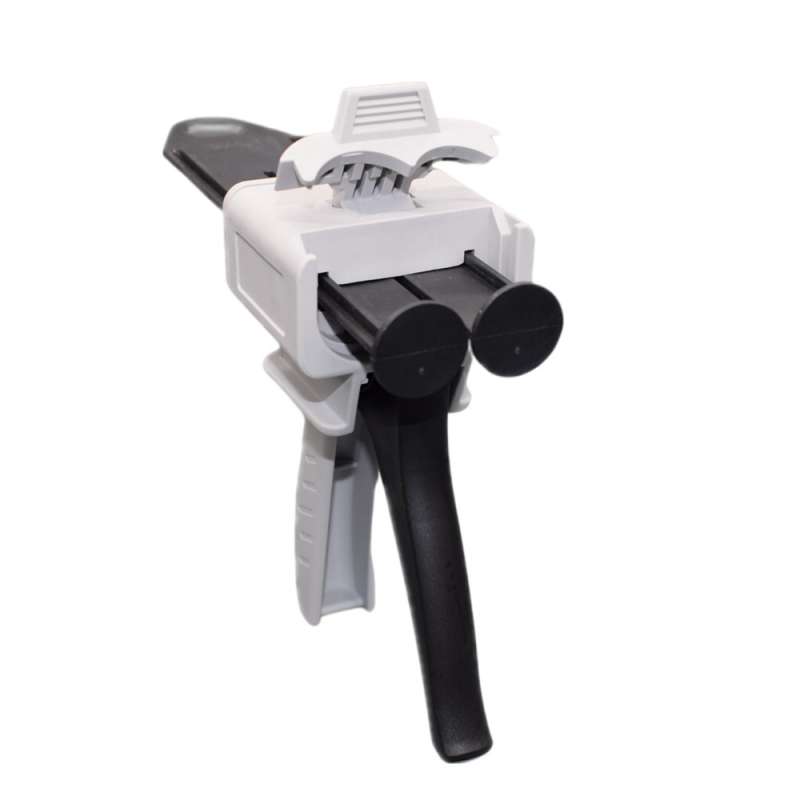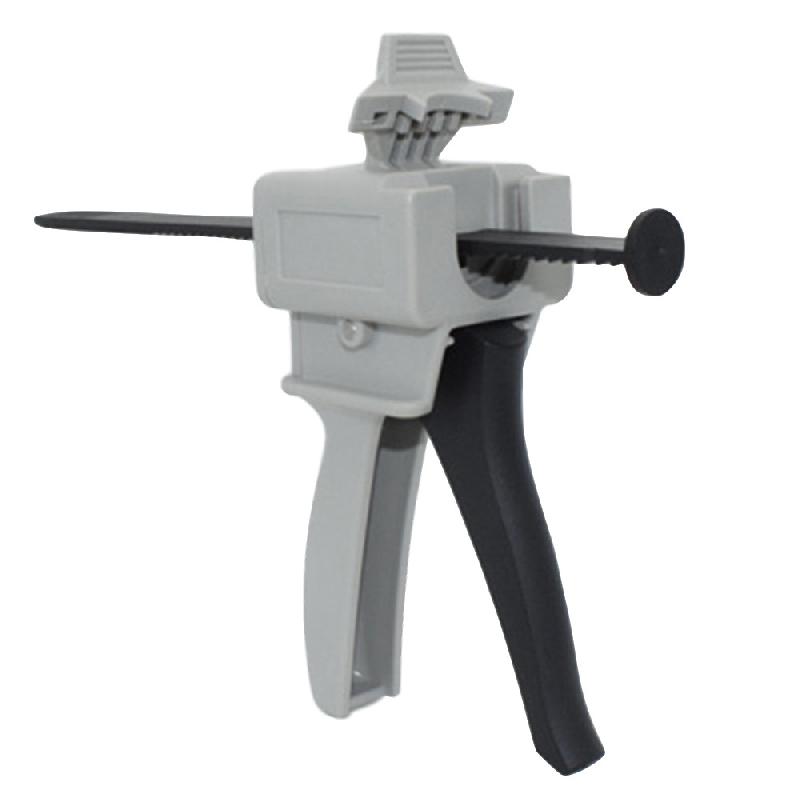50ml Dispensing Gun Kit Impression Mixing Dispensing Gun caulking gun
作者:mixertube
更新时间:2024-11-18
点击数:
A dispensing gun, also known as a glue gun or an adhesive dispenser, is a handheld or automated tool designed for precisely applying various substances such as adhesives, sealants, lubricants, and other fluids in a controlled manner. Here is a detailed introduction:
Types of Dispensing Guns
- Manual Dispensing Guns: These are operated by hand. They usually have a trigger mechanism that, when pulled, activates a plunger or piston to push the material out of the cartridge or reservoir. Manual dispensing guns are simple in structure, cost-effective, and suitable for small-scale applications, DIY projects, or tasks where precise control by the user is required. For example, in handicraft making or home repair jobs, a manual dispensing gun can be used to apply glue neatly.
- Pneumatic Dispensing Guns: These rely on compressed air to drive the dispensing process. They are connected to an air compressor, and the pressurized air provides the force to push the fluid out. Pneumatic dispensing guns offer more consistent and powerful dispensing, making them ideal for industrial applications where a large volume of material needs to be dispensed quickly and evenly. In automotive manufacturing or electronics assembly lines, pneumatic dispensing guns are often used to apply adhesives for bonding components.
- Electric Dispensing Guns: Powered by electricity, these guns use an electric motor to drive the mechanism that pushes the material out. They can provide precise control over the dispensing speed and volume, and some models even have programmable features. Electric dispensing guns are convenient to use and are popular in applications where consistent and accurate dispensing is crucial, such as in the production of high-precision electronic products or medical devices.
Components and Structure
- Body: The main housing of the dispensing gun, usually made of durable plastic or metal materials, which provides structural support and protection for the internal components.
- Trigger or Actuation Mechanism: In manual guns, the trigger is pulled by the user to initiate the dispensing. In pneumatic or electric guns, it serves as the control interface for starting and stopping the dispensing process. The design of this mechanism can vary depending on the type of gun, aiming to provide comfortable operation and accurate control.
- Cartridge Holder or Reservoir: This is where the material to be dispensed, like glue cartridges or containers of sealant, is loaded. It ensures a proper fit and connection to allow the material to flow smoothly into the dispensing path.
- Nozzle: The outlet part of the gun through which the material is dispensed. Nozzles come in different shapes and sizes, such as round, flat, or tapered, depending on the application requirements. For example, a fine round nozzle might be used for precise dotting of glue in electronics assembly, while a flat nozzle could be better for spreading sealant over a larger area.
- Adjustment Knobs or Settings: Many dispensing guns have features to adjust the dispensing rate, pressure (in pneumatic guns), or other parameters. This allows the user to customize the amount of material being dispensed according to the specific job at hand.
Applications
- Electronics Industry: Used for applying adhesives to bond components on circuit boards, sealing connectors, and protecting sensitive parts. Precise dispensing is crucial here to avoid short circuits or damage to delicate electronic elements.
- Automotive Manufacturing: Dispensing guns are employed to apply sealants around windows, headlights, and body seams to ensure waterproofing and structural integrity. They also help in bonding interior components and engine parts.
- Construction and Building: For applying sealants to joints between tiles, around doors and windows, and for filling cracks in walls or floors. In addition, they can be used to apply adhesives for installing fixtures or decorative elements.
- Medical Field: In the production of medical devices, dispensing guns are used to apply precise amounts of adhesives or lubricants to ensure proper assembly and functionality. They are also used in some medical procedures, like applying tissue adhesives in certain surgeries.
- Crafts and DIY Projects: From gluing paper, fabric, or wood in handicrafts to repairing household items, manual dispensing guns are handy tools for hobbyists and DIY enthusiasts.
Advantages
- Precision: Allows for accurate control of the amount and placement of the dispensed material, reducing waste and ensuring proper application.
- Versatility: Can be used with a wide variety of materials and adapted to different application scenarios through the use of different nozzles and settings.
- Efficiency: Especially in industrial settings, pneumatic and electric dispensing guns can speed up the dispensing process compared to manual methods, improving overall productivity.
Precautions and Maintenance
- Cleaning: After each use, it's important to clean the dispensing gun thoroughly to prevent the material from drying and clogging the nozzle or internal components. Depending on the type of material used, appropriate solvents or cleaning agents may be required.
- Proper Storage: Store the gun in a clean, dry place, away from extreme temperatures and humidity. If it has a battery (in the case of electric guns), make sure to follow the recommended storage instructions for the battery.
- Regular Inspection: Check the gun's components regularly for signs of wear and tear, such as cracks in the body, leaks in the cartridge holder, or damage to the nozzle. replace any damaged parts promptly to ensure proper functioning.
In summary, a dispensing gun is a valuable tool in many industries and applications, enabling precise and efficient dispensing of various substances.





